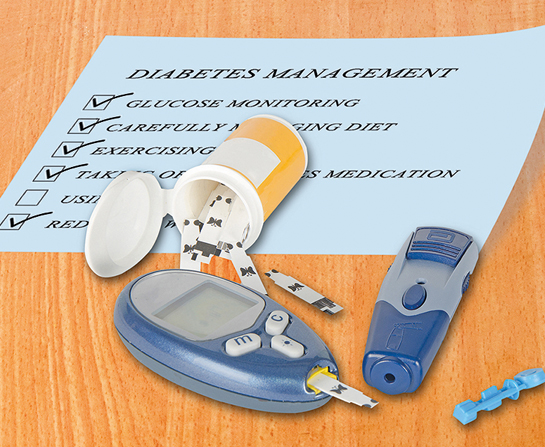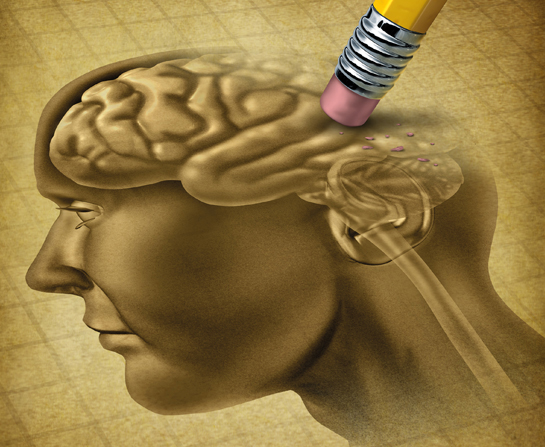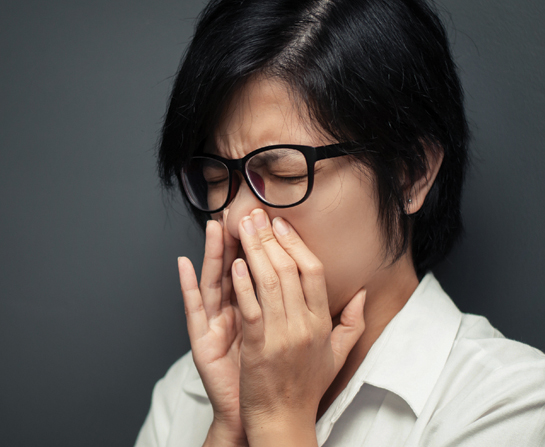Interview by Hannah May-Lee Wong
Dr Ruban Nathan
Consultant Dermatologist & Hair Transplant Surgeon

We met Dr Ruban Nathan at his favourite vegetarian restaurant – an earthy-looking eatery with plenty of natural shade from the surrounding greens – just a few steps away from his clinic. Dr Ruban himself is no stranger to hair loss. “I am the typical example of male pattern hair loss – high forehead, thin crown,” he says. “It happens differently in females though – they get a straight but low hairline and global thinning of hair”.
He expresses his concerns regarding the Malaysian perception of hair loss. Although many people face hair loss as they age, most continue to believe in unfounded hair myths, herbs that aren’t backed by scientific evidence and hair centres that charge premium prices promising hair regrowth but without the results. The treatment plan for hair loss should depend on the cause, and sometimes, medication or medical procedures (such as hair transplants) are needed. These should be prescribed or performed by a trained medical professional.
What are the causes of hair loss?
By far, the most common cause is androgenetic alopecia, a fancy way of saying male- or female-pattern hair loss. Men experience this form of alopecia (hair loss) more, but some women do as well. In men, hair loss occurs at the crown of the head with hair line recession. In women, there is minimal or no receding hair line; instead, they usually get global hair thinning.
Another common cause would be telogen effluvium, in other words, stress-related hair loss. This is a global loss of hair which follows an emotionally or physically stressful event such as dengue, any major surgery, a loss of a family member or even a physiological event such as pregnancy. When a person experiences such events, a bunch of follicles go into resting phase and after that, the person will experience a lot of hair shedding. Since this type of hair loss is non-scarring, the follicles will revive and hair does grow back.
A slightly rarer cause of hair loss is trichotillomania, where the patient (usually an adolescent or younger child) pulls his or her own hair out as a response to emotional stress. Alopecia areata is an autoimmune disorder that causes patchy hair loss. It is less frequently seen and is often stress induced.
Which of these is the most common cause of hair loss? Do our diets and lifestyle play a part?
The commonest overriding factor is genetic. But stress, poor diet, smoking and lack of sleep would accelerate the process. Neglecting to shampoo as often as one should may also lead to hair loss. Hairs are attached to oil glands, which may contain lots of bacteria. Men, especially, tend to have very oily scalps. It was theorized that excess oil may promote the growth of a certain bacteria that can cause hair loss. Make sure to shampoo regularly to minimize that.
Sometimes when appropriate, doctors will do blood tests to rule out anaemia or thyroid problems which may also contribute to hair loss.
When do most people start experiencing hair loss?
It could happen at any age post puberty.
What are the treatment options for hair loss?
For the most common cause of hair loss – androgenetic alopecia – treatment options can be divided into medical and surgical interventions. Medically, for men, minoxidil 5% and oral finasteride would be recommended. Women can use minoxidil. Medical treatment is long term and is taken for as long as the patient wants to prevent hair loss. Surgically, patients can opt for hair transplants, which involves extraction of hair follicles from the back of the head and planting them on the top of the head where hair loss is most noticeable.
Let’s talk about hair transplants. Can you explain the difference between Follicular Unit Extraction (FUE) and Follicular Unit Transplantation (FUT)?
Follicular Unit Extraction (FUE) and Follicular Unit Transplantation (FUT) refer to the different methods of extracting or harvesting hair follicles. Implanting the follicles are similar for both.
Follicular Unit Transplantation (FUT)
Also known as the strip method. This involves the removal of a very thin strip of skin from the lower back of the scalp, where the hairs are genetically more protected from future hair loss. With FUT, shaving of the whole head is not required, so the patient may return to work sooner.
Follicular Unit Extraction (FUE)
For this method, follicular units are individually pulled out of the scalp using a drilling device. An extensive area at the back of the scalp is usually involved. Because FUE uses less “genetically protected hair”, it may jeopardize the survival of hair implants, and affect how long the implants will last. Total scalp shaving is usually required.
With FUE, due to the trauma of individually pulling the donor follicles out, the surrounding pad of fat is at risk of being stripped off, further diminishing the potential survival of grafts. FUE is usually performed if donor density is lacking, and if beard or body to scalp transplants are necessary. Density of hair at the host area may also be affected – after four weeks of full hair regrowth, there might be a slight decrease in hair density. These are the downsides of FUE. But if the patient has a lot hair at the back his head, it shouldn’t be a problem.
A qualified surgeon should be able to offer both these techniques. If the patient is young, I would still recommend doing an FUT. But if the patient is older and the donor hairs aren’t as good quality, then I would do an FUE.
It depends on what the patients want too. If you do an FUE, you’ll have to shave your head and it’ll take weeks to grow back. Doing an FUT means you won’t have to shave it all off. If a patient has an important meeting coming up, I would suggest an FUT.
For both methods, the newly implanted hairs will fall off in two to three weeks and will grow back again in about three to six months, reaching maximum density in 12 to 14 months.
Can women have hair transplants?
Yes, but women usually do very well with medications alone. Therefore, I normally suggest they try medications for at least six months.
What is the difference between going to a dermatologist and going to a hair loss treatment centre?
Sadly, I find some of these non-medical hair treatment centres to be unscrupulous and aggressive in their marketing. Irrespective of whether the cause of hair loss is genetic (in which case there is little they can do about it) or caused by a severe auto-immune condition, some hair centres promise to treat all forms of hair loss, which is simply impossible. I have had scores of patients who complain of paying tens of thousands of Ringgit to these centres without receiving any results.
What’s even more worrying is the tendency for some hair centres to induce anxiety by claiming the presence of mites in their client’s scalp when there is none! The Demodex mite they talk about is rarely present and not at all a significant cause of hair loss. Anyone can Wikipedia this fact!
How can we prevent hair loss or take care of thinning hair?
If you’ve inherited the “hair loss gene”, the best thing to do is to see a dermatologist early on. A dermatologist can advise on the right medication, which will act as a pause button and help halt the shedding.
Besides taking the appropriate medication, get rid of negative lifestyle habits such as smoking, poor diet and lack of exercise. You should also rule out the presence of seborrheic dermatitis (which might cause mild thinning) by seeing a dermatologist.
Are there any supplements that help stimulate hair growth?
There are some supplements being sold in the market, but there is little clinical evidence or large-scale studies to prove their benefits.
Hair Myths Debunked
A diet high in monosodium glutamate (MSG) causes hair loss.
Not true. Glutamate in MSG may cause neurochemical changes in the brain, and some people claim that taking too much of it causes headaches, tingling or sweating. But in terms of hair loss, there is no scientific backing for this.
Shampooing your hair regularly leads to hair loss.
Not true. In fact, living in this hot climate, we should shampoo at least once or even twice a day. Build-up of excess oil in the hair follicles may lead to accumulation of bacteria and fungus that may cause hair loss.
If you completely shave off your hair, it will grow thicker.
This is a common myth that is not true. Shaving your scalp every three weeks will not make your hair grow back thicker.
When washing your hair, any shampoo will do.
Dr Ruban says, “Shampoos only vary in terms of texture. Shampoos that claim to prevent hair loss may include certain peptides in their ingredient list, but these peptides will not be left on your scalp long enough to have any effect, considering a regular hair wash is generally quite quick.”
Dyeing and perming your hair causes hair loss over time.
Some textural damage to the hair may occur, but it generally does not result in irreparable hair loss. Only a small population of people might be allergic to a substance commonly found in hair dye –
As you age, you start losing hair all over the body.
Not exactly. Body hair tends to increase in density as you get older, while scalp hair density decreases.
If you like this article, do subscribe here.


















